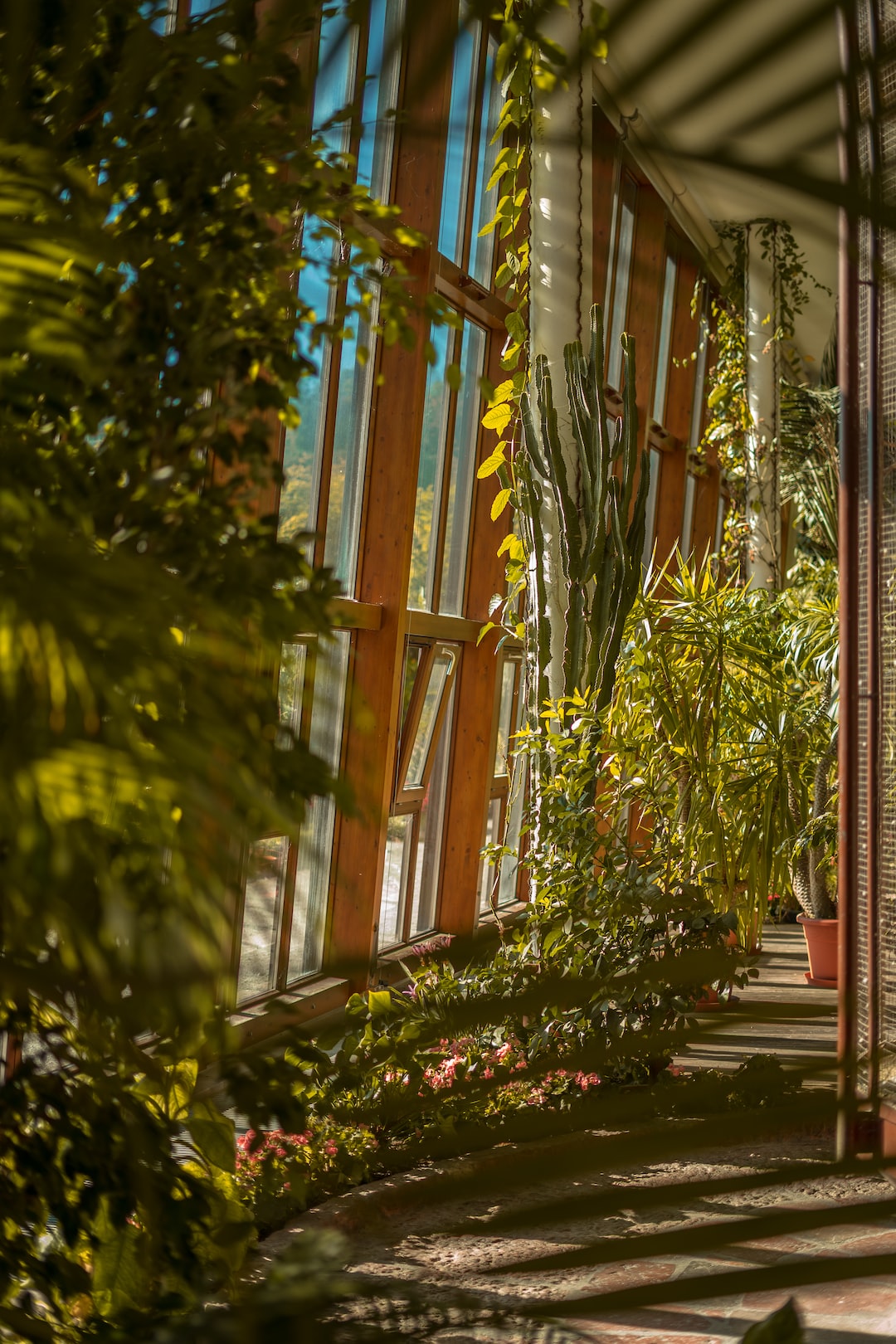A garden is not merely a collection of plants, but a carefully designed space that invigorates and inspires. Planning the perfect garden layout requires both creativity and practicality, as you navigate through various elements such as space constraints, plant choices, and aesthetics. In this blog post, we will provide you with some essential tips to help you plan a garden layout that is not only visually appealing but also functional and sustainable.
First and foremost, it is crucial to assess the available space and understand its limitations. Consider the size and shape of your garden, as well as the amount of sunlight it receives throughout the day. This information will guide your decisions regarding the types of plants you can grow and their positioning in the garden. Additionally, take note of any existing structures or obstructions that may affect your garden layout, such as trees or fences.
Next, think about the purpose of your garden. Are you planning to grow vegetables, create an outdoor entertaining area, or simply create a tranquil space for relaxation? Determining the primary purpose of your garden will help you allocate space accordingly. For instance, if you wish to grow vegetables, you should designate a sun-drenched area for their cultivation. On the other hand, if you desire a relaxation area, consider incorporating seating, a water feature, or a shaded pergola.
Now that you have a vision for your garden, it’s time to select the right plants. Research the climate and soil conditions in your area to identify plants that are suitable for your garden. Opt for a mixture of perennial and seasonal plants to ensure year-round visual interest. Consider various factors such as flowering periods, color schemes, and the heights and widths of plants. Incorporating a variety of textures and heights will add depth and create a visually stunning garden. Additionally, choose plants that are low-maintenance and suited to your level of gardening expertise.
Creating focal points in your garden is another essential aspect of the layout. Focal points serve as eye-catching features that draw attention to specific areas. They can be architectural elements like a gazebo or a trellis, or natural features like a large flowering tree. By strategically placing focal points, you can guide visitors through your garden, creating a sense of flow and purpose.
In addition to focal points, consider adding paths and walkways to your garden layout. Pathways not only provide functionality, but they also contribute to the overall aesthetics of your garden. Determine the most practical routes within your garden and create paths using materials such as gravel, brick, or paving stones. Incorporating curves and meandering pathways will add interest and make the garden feel larger.
Furthermore, take into consideration the importance of sustainability in your garden design. Choose plants that are native to your region, as they are better adapted to local climates and will require less maintenance. Implement water-saving techniques such as rainwater harvesting and drip irrigation to minimize water consumption. In addition, consider adding compost bins or worm farms to recycle organic waste and enrich the soil.
Lastly, it is crucial to regularly maintain and evolve your garden layout over time. As plants grow and seasons change, the dynamics of your garden will constantly shift. Regularly prune and trim plants to maintain their desired shape and size. Additionally, periodically reassess the layout to determine if any adjustments or additions are needed to enhance the overall design.
Planning the perfect garden layout is a labor of love that requires careful thought and consideration. By understanding your space, purpose, and plant choices, you can create a garden that is both breathtaking and functional. Incorporate focal points, paths, and sustainable practices to elevate your garden to a new level. Remember, a garden is not just a collection of plants – it is a living space that reflects your personality and provides solace and beauty for years to come.

